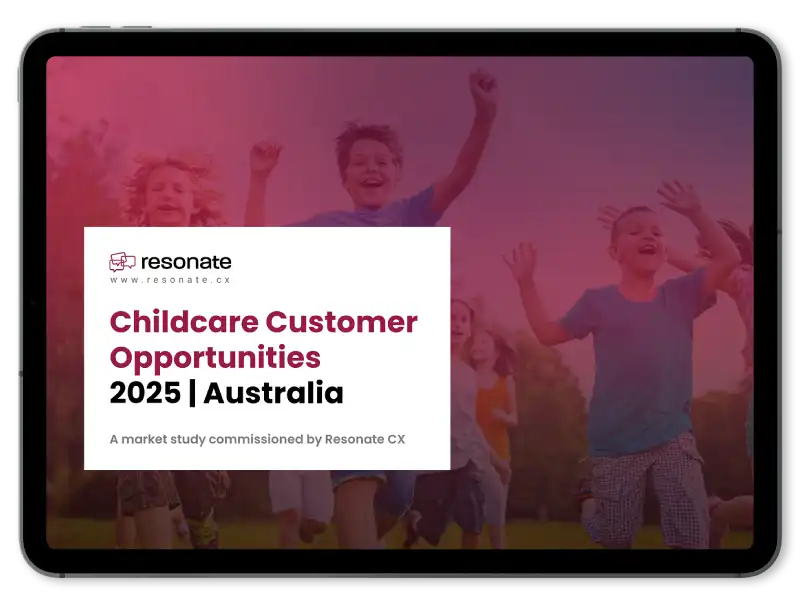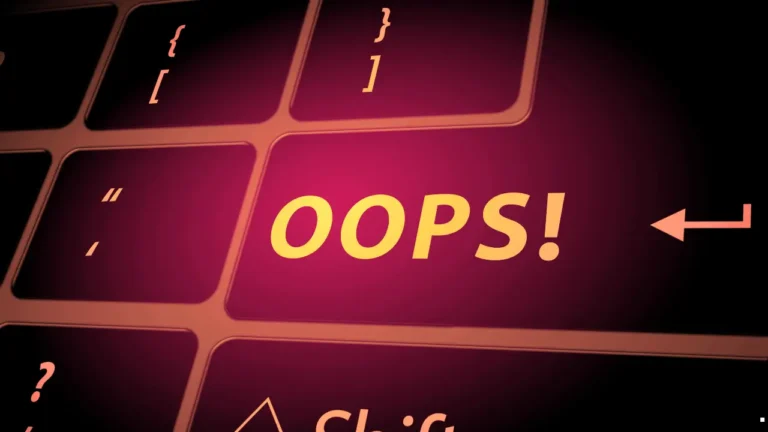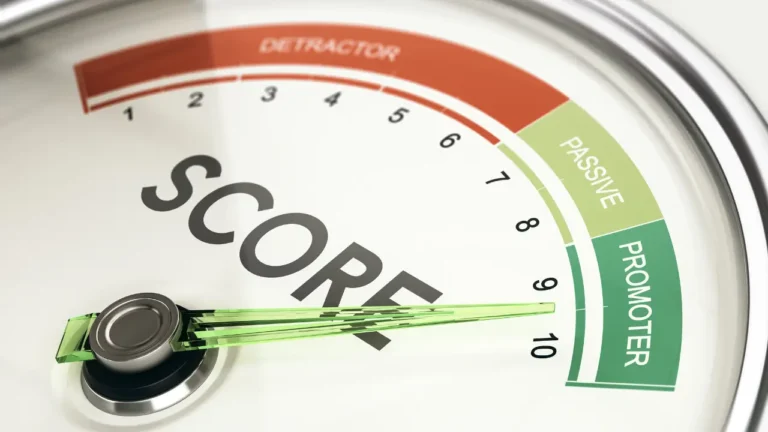TLDR:
- Ease over Excitement: When it comes to customer loyalty, being the easiest company to deal with is far more effective than trying to create “wow” moments or grand gestures. Studies support this by showing that simply meeting customer expectations and removing unnecessary effort matters more than adding extra sparkle to an interaction.
- The High Cost of Friction: High-effort customer service interactions are a major driver of disloyalty, with 96% of customers becoming less loyal after a difficult experience. Operationally, reducing customer effort from high to low can lead to a significant cost reduction, lowering the cost to serve by approximately 37%.
- How to Find and Fix Issues: Companies must proactively identify the biggest friction points, which are often repeat calls caused by unclear policies, failed expectations, or technical problems. By using tools like the Customer Effort Score (CES) and post-contact surveys, businesses can target these issues and design solutions that prevent the need for customer outreach in the first place.
- Effortless Service Drives Growth: Simplifying service channels leads directly to business growth, as customers who don’t struggle are significantly more likely to return and recommend the company. Companies that streamline processes often experience 20-30% higher retention rates, and the reduced service cost frees up internal teams for more growth-oriented work.
- Cultivating a Culture of Ease: An effortless experience requires a deliberate culture shift where frontline staff are empowered to resolve issues fully upon the first contact. The key is to reward first-contact resolution, use plain language, and ensure agents consistently own the customer’s journey to prevent complexity from creeping back into processes.
In customer service, it’s tempting to chase the big “wow” moments, grand gestures, surprise perks and flashy campaigns. But the truth is that when it comes to loyalty, customers don’t stay for the show, they stay for the ease. They will do whatever is the easy customer experience, and sometimes going above and beyond is simply not necessary.
Research from The Effortless Experience and Bain & Company agree that when it comes to customer retention, the easiest companies to deal with are the ones customers stay loyal to. Simplicity is the new satisfaction. Reducing customer effort not only keeps people happy but also drives CX cost reduction by eliminating unnecessary steps
Why Easier Experiences Beat “Wow” Moments Every Time
In the book The Effortless Experience, authors Matthew Dixon, Nick Toman and Rick DeLisi analysed responses from 97,000 customers across hundreds of organisations. They found that exceeding expectations doesn’t significantly increase customer loyalty compared to simply meeting them. Basically saying that removing unnecessary steps matters more than adding sparkle.
According to one source, 96% of customers who had a high-effort service interaction became more disloyal, compared with just 9% who had a low-effort experience.
Studies from Bain & Company support this, finding that when companies simplify processes and use CX improvement strategies like fewer transfers, clearer interactions, less repeat calls, customers stick around longer and operations cost less. Moreover, increasing customer retention by just 5% can increase profits by 25%–95%
The Hidden Cost of Customer Friction (and How to Fix It)
Every repeat call, every handoff, every moment a customer says, “Why do I have to explain this again?” adds invisible cost, and most importantly, it chips away at loyalty. The fix can be to identify your biggest friction points, let’s say the top three reasons customers have to reach out again. They might be anything from:
- Unclear Information or Confusing Policies
Customers can call when they don’t understand how something works, whether it’s billing, shipping, or setting up an account. - Failed Expectations
A delivery delay, an incorrect charge, or a missing confirmation message can frustrate a customer enough to call. - Technical or Product Issues
Errors, outages, login failures, or app glitches send customers directly to service channels.
Why a customer reaches out is different for every company, but each time they do, it is an opportunity to make their life easier as fast as possible. Identifying these problems is easy. You can use your Customer Effort Score (CES), post-contact surveys, or even simple “Why did you contact us today?” prompts to track the top reasons for outreach. After this, design solutions that remove the need to reach out at all. These can be clearer communication, self-service options that solve problems, and proactive notifications that prevent confusion in the first place.
Each fix reduces customer effort, improves customer service efficiency, and strengthens customer loyalty, one fewer customer waiting on hold, and one more reason for them to stay.
Operationally, companies that reduce effort find cost savings because fewer repeat touches, fewer transfers, less hold time. For example: measurement frameworks show that going from high-effort to low-effort can reduce cost to serve by ~37%.
How Making Service Easier Grows Your Business
When customers don’t struggle, they’re more likely to return and recommend. Simplify support channels and there is no doubt that retention rates will increase. Research shows that companies that streamlined processes often experienced 20-30% higher retention.
Amazon’s one-click checkout is a powerful illustration of effort removal. Studies show one-click ordering increased conversion significantly (some estimate up to 300% lift). Amazon’s cashier-less stores (Amazon Go) remove checkout altogether, customers walk in, grab and leave, removing friction in physical retail.
Not only is this ideal for the customer but for companies too, as fewer repeat calls means lower service cost and CX cost reduction. This in turn gives your team more time for growth oriented tasks and relationship building instead of putting out fires all the time.
3 Simple Steps to Remove Effort from Your Customer Experience
- Find the Friction
Start with your own data. Look at survey responses, journey reviews and call logs to identify where customers most often need help. This will help you be better prepared the next time they call and reduce customer friction. - Fix the Big Ones First
Tackle the issues that keep popping up first. These can be unclear procedures, long wait times, too many transfers, or poor communication. Find the biggest issue and start solving from there as solving those helps improve customer service efficiency. - Measure and Repeat
Track CES and NPS over time to see how these changes reduce your effort while boosting loyalty. The important part is to keep the cycle going as newer processes evolve and new friction points emerge.
Create a Culture That Keeps Things Easy
Creating a culture of ease does not happen by accident, it’s built. The goal of your company should be to empower frontline staff to resolve issues fully, not just pass them along. Reward first-contact resolution, not just an employee’s speed. Keep revisiting processes, because complexity can creep back in when overlooked.
Train agents to use plain, simple language and to carry context between interactions and own the customer’s journey from start to finish. An effortless experience is not built on one lucky moment, it’s built on consistent, lower effort moments.
Conclusion
Effortless service is about doing less of what gets in the customer’s way. Every unclear form, every endless transfer, every repeated question adds cost and at the same time erodes loyalty. As a company, you have to believe that your customers will remember when something works easily. In 2025, the brand that wins is the one that makes its service invisible, and one that resolves issues without the customer thinking twice. When you make things easy for them, you don’t just keep them, but you keep them coming back.
If you’re ready to eliminate friction and make “easy” your competitive edge, let’s show you how.
Request a Demo and see how Resonate CX helps organisations automate feedback loops, reduce customer effort, and turn simplicity into loyalty fast.









